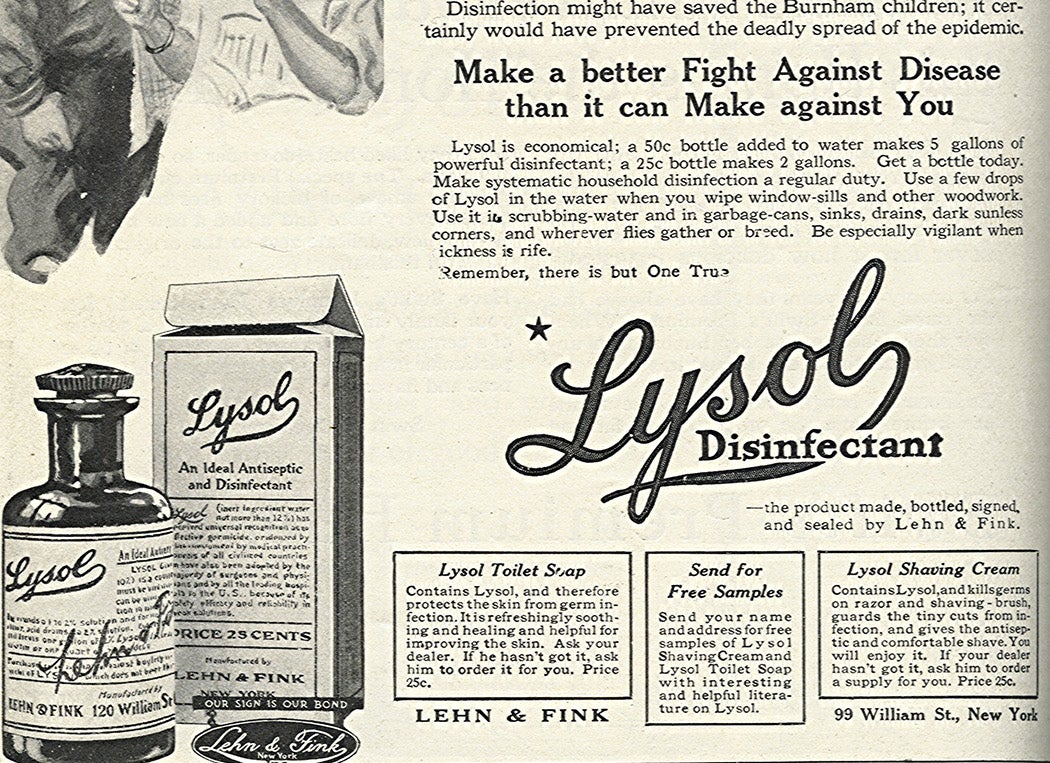So, you’ve got a weird rash on your leg. Or an inexplicable pain in your side. Naturally, you Google your symptoms. But can you trust that doctor hawking a book? Or that homespun patients’ forum? What about WebMD, with its copious funding from pharmaceutical companies?
As the historian Kim Chuppa-Cornell explains, this is not a new problem. Looking at Good Housekeeping between 1920 and 1965, Chuppa-Cornell finds that the magazine’s self-positioning as a medical authority gave cover to advertisers supplying incorrect, even dangerous, information.
The magazine consciously set itself up as a source of authoritative advice. Its team of medical experts included physicians and health reporters addressing topics like child care, nutrition, and medicine. And its advertising department developed its own expertise through its “seal of approval” tests and guarantees of advertised products.
Chuppa-Cornell notes that this was a time when advertising for health-related products was growing fast. “The 1920s witnessed the birth of such concerns as halitosis and body odor, convincing consumers of the need for toothpaste, toothbrushes, and deodorant,” she writes. For example, toothbrush sales almost doubled from 1900 to 1920. Advertisers presented mouthwash as a social necessity too. A 1923 ad for Listerine in Good Housekeeping told the sad story of a girl whose bad breath forced a boy to leave the dance with “another girl much less attractive than she.”

The ads often leaned on medical and scientific authority. In a 1940 ad, for example, Holly-Pax tampons made a point to say that its brand “is accepted for advertising in the Journal of the American Medical Association.”
Despite its claim to expertise, Chuppa-Cornell writes, Good Housekeeping included ads for “health” products that were well known to be useless or actively harmful. That included infamous Lysol ads promoting the harsh antibacterial cleaner as a douche. In a 1936 guidebook, OB-GYN Dr. Sarah K. Greenberg and health reformer Rachel Lynn Palmer pointed out that, not only were such products harmful to vaginal tissue, the ads misinformed consumers by subtly suggesting that they could function as birth control or abortifacients (which, depending on the product, was either flatly untrue or incredibly dangerous). The trouble was not just the phony expertise in the advertising section, but the lack of good information to balance it, in either ads or articles. To maintain its “respectable” image, Good Housekeeping didn’t print any clear information about preventing unwanted births.
Weekly Newsletter
Advertisers also offered women pain relievers that were distinctly unsafe, containing potentially poisonous ingredients like antipyrine. In the 1934 book 100,000,000 Guinea Pigs, consumer advocates Arthur Kallet and F.J. Schlink pointed directly to the problem:
One might expect the advertising in Good Housekeeping Magazine to be quite perfect. Does not the Good Housekeeping Institute, with its white-coated chemists and other experts, keep watch over its pages to prevent their contamination by any misleading or injurious statements? Alas, the good watch-dog now and again shuts his eyes.
With the rise of the internet, our problem is often too much information rather than too little, but good, reliable watch-dogs remain hard to find.







